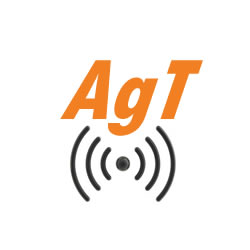What did the farmers and growers think?
Laura Rous from Dennington Hall Farms, a 1,500 Ha arable farm in Suffolk, is in an ADOPT-funded project with Niab and Limagrain and another neighbouring farm, looking at the long-term nitrogen reductions possible from using a legume cover crop mixture.
“We have found it really exciting to be part of the decision-making and problem-solving, building the project out from things I talk about with the farm’s manager, Ryan McCormick, on a day-to-day basis,” said Laura.
“Because our problem of trying to figure out reductions in nitrogen use is one all farmers face, we hope the results we get from this project will be meaningful to not just us but the wider industry.”
Outside of programmes like ADOPT, Jake Freestone, farm manager at the 1,600 ha Overbury Estate in Gloucestershire, said that less formal collaboration with researchers and companies has delivered the same impact for their business. As for him, the two-year funding timeline of ADOPT projects does not always work when he is examining the impact of experiments on a long-term rotation.
“If you are open to opportunity, then it will come,” explained Jake. “Attending events like REAP, making conversations and having a really open mind help. We have the land, the machinery, the ambition and the desire to make changes happen.”
“Working with ideas that are close to commerciality is important for farms. We need to do the final bit of testing, not necessarily always be there for the concept testing.”
For the horticulture sector, these collaborations are challenged by the lack of levy-funded research which Ali Capper, chair of British Apples and Pears, noted. “For apples, we had to rescue our research and development,” she said. “The primary focus at AHDB was pest and disease research, which is critical to the industry’s future.”
Ali welcomed the ADOPT programme, despite its administrative burden, noting, “It’s not perfect, but it’s brilliant that we have something farmer-led.”












